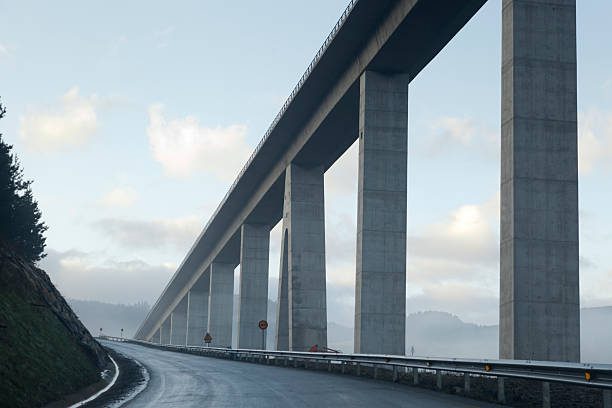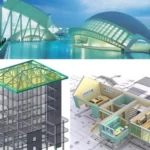Methods of bridge column casing- properties- details and uses
Bridge column casing is the protective covering or encasing used to shield bridge columns, also known as piers or pillars, from the elements and potential injury. It provides structural support, improves the bridge’s durability, and enhances its appearance. Here are some prevalent bridge column casing methods, along with their properties, particulars, and applications:
Cast-in-Place Concrete Casing:
- Around bridge column bases, precast concrete enclosures are manufactured off-site, transported, and installed.
- Precast casings are typically constructed from reinforced concrete, which provides strength and durability. They come in various sizes and configurations to accommodate various column designs.
- Casings made of precast concrete are frequently used in bridge construction to shield bridge columns from environmental factors such as moisture, corrosion, and impact.
- Steel Casing:
- Casings made of steel sheets or plates are renowned for their high strength and resistance to external forces.
- Steel casings are typically made by welding or riveting together steel plates to form a cylindrical or rectangular enclosure around the bridge column. The concrete is then poured into the casing.
- Steel casings are extensively used in bridge construction, especially in regions with high impact or seismic activity, to provide robust protection for bridge column and improve their structural integrity.
Composite Exterior:
- Composite casings incorporate various materials, such as Fiber-reinforced polymers (FRP) and concrete, to take advantage of their respective advantages.
- Composite casings may be comprised of FRP sheets or wraps affixed to a concrete casing or precast concrete casings reinforced with FRP rebars.
- Utilizations: Composite casings are frequently utilized in bridge rehabilitation or retrofitting projects to reinforce existing bridge columns and increase their resistance to corrosion, seismic forces, and other forms of deterioration.
Architectural Exterior:
- Architectural enclosures are designed to improve the aesthetic appeal of bridge columns while also providing some level of protection.
- Architectural enclosures can be constructed from a variety of materials, such as decorative concrete panels, stone cladding, or architectural metalwork, and are intended to complement the overall design of the bridge.
- Architectural enclosures are utilized on bridges in areas where aesthetics and architectural integration are essential, such as urban areas, historic bridges, and landmark structures.
It is crucial to note that the selection of the column casing method for a bridge depends on several factors, including the location of the bridge, the anticipated loads and environmental conditions, the construction schedule, and the available budget. It is essential to consult with structural engineers, architects, and construction professionals to determine the optimal enclosure method for a specific bridge project.
Disclaimer: This content is provided solely for your review. Erusu Consultants takes no liability for this article. The reader is advised to form their own opinion. Please consult a structural engineer before making any final decisions.






